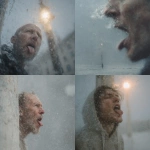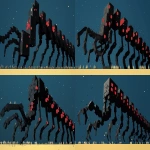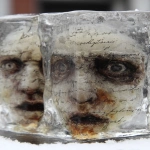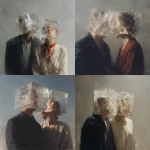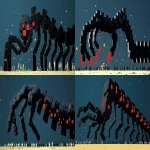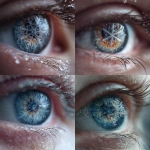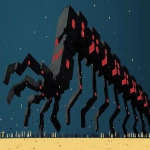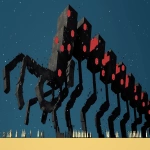Explore the Best AI Image Gallery
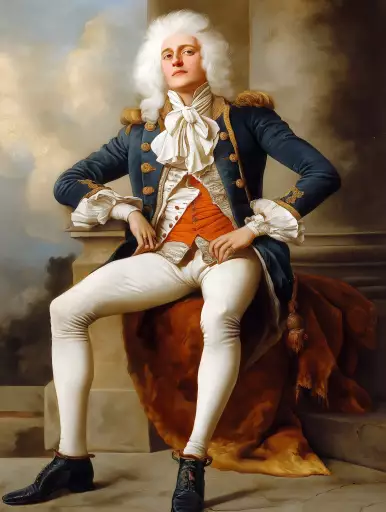
Pixels Painted in the Air: AI-Generated Images and the Art World
The art world is abuzz with a new kind of creation: images birthed not from brushstrokes or pixels on a screen, but from the intricate algorithms of artificial intelligence. This revolutionary technology, capable of generating stunningly realistic and imaginative visuals, has ignited both excitement and controversy, forcing us to re-examine the very definition of art and its creation.
AI image generators, powered by deep learning models trained on massive datasets of images and text, can produce diverse outputs ranging from photorealistic landscapes to abstract compositions. Tools like DALL-E 2, Midjourney, and Stable Diffusion have democratized access to this technology, empowering anyone with an internet connection to experiment and generate unique artwork.
The Transformative Potential
This accessibility has unleashed a wave of creative experimentation, fostering new artistic styles and pushing the boundaries of imagination. Artists are utilizing AI as a collaborative tool, leveraging its capabilities to explore unconventional concepts, overcome technical limitations, and amplify their vision.
- Concept Visualization: AI can rapidly generate visual representations of abstract ideas, aiding artists in conceptualizing and refining their work.
- Style Transfer: Applying the artistic style of one master to a different image, allowing for unique reinterpretations and blends of aesthetics.
- Personalized Art Generation: Creating bespoke artwork tailored to individual preferences, from portraits to landscapes, based on textual descriptions or user input.
Beyond Aesthetics: Applications in Various Fields
The impact of AI-generated images extends far beyond the realm of fine art. Industries are increasingly embracing this technology for diverse applications:
- Advertising and Marketing: Generating eye-catching visuals for campaigns, product mockups, and social media content.
- Gaming and Entertainment: Creating realistic environments, characters, and assets for immersive gaming experiences.
- Education and Research: Visualizing complex data, generating illustrations for textbooks, and aiding in scientific research.
Ethical Considerations: Navigating Uncharted Territory
As with any powerful technology, AI-generated images raise ethical concerns that require careful consideration:
- Copyright and Ownership: Who owns the copyright to AI-generated artwork? Is it the creator of the AI model, the user who provides the input, or the AI itself?
- Bias and Representation: AI models are trained on existing data, which can perpetuate societal biases. Ensuring diverse and inclusive representation in AI-generated imagery is crucial.
- Misinformation and Deepfakes: The potential for misuse of AI to create realistic fake images raises concerns about the spread of misinformation and its impact on trust and credibility.
The Future of Artistic Creation: A Collaborative Landscape
AI-generated images are not intended to replace human artists but rather to augment their creative potential. The future likely holds a collaborative landscape where AI tools empower artists, streamline workflows, and unlock new avenues for expression.
As this technology evolves, ongoing dialogue, ethical frameworks, and responsible development practices will be crucial to ensure that AI-generated images enrich the artistic experience while safeguarding the integrity of creativity and human expression.
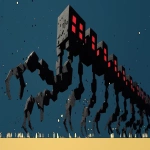

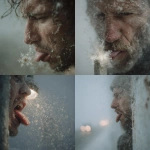
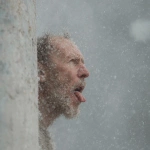
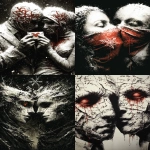
](https://images.ai-img.art/thumbnails/150/bf21fb52467a93a686deffb414ecfa11df970a3dfdd95b391fbbb7308856a8b0.webp)
